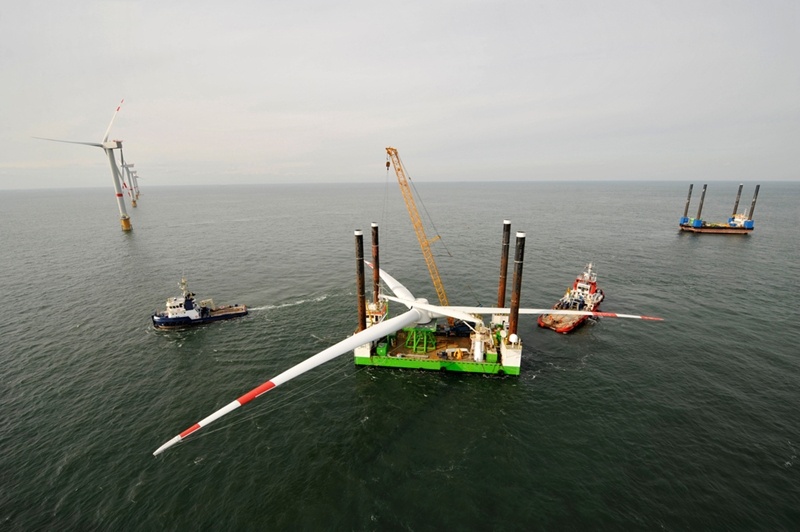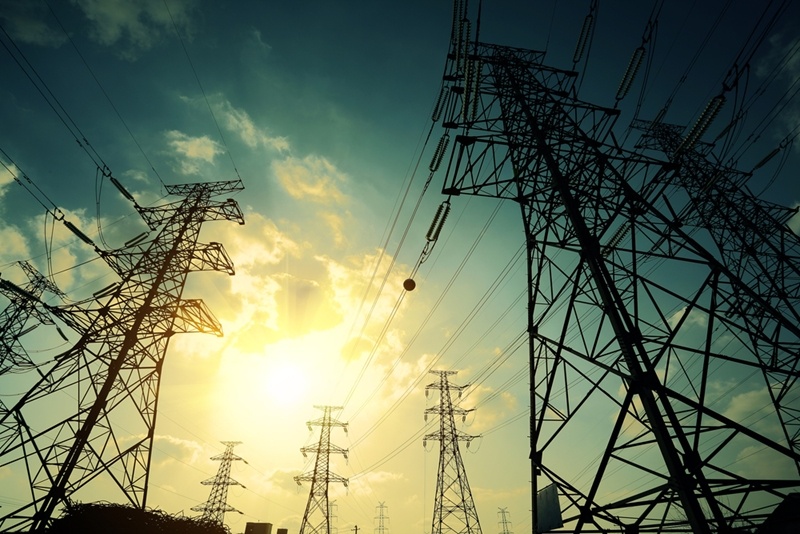Redirecting investment surges for more reliable grid management
As the nation moves toward a more modern grid, one defined by distributed energy sources and predictive analytics, resilience cannot be underestimated in these formative years. To guarantee a reliable and efficient electrical infrastructure in the future, energy interests must invest time, money and resources today and every day until the grid has powered up to its utmost ability.
However, according to a recent Lawrence Berkeley National Laboratory study, financing America's power network has not done enough to prevent outages, and have actually allowed a small, but steady increase in grid interruptions over the last few years. Lead author Peter Larsen told Utility Dive when his team removed major meteorological events from the picture, disruptions still climbed 5 to 10 percent year over year in both length of time and sheer volume. So, what grid-related investments have shown to help the energy industry, and which ones haven't been living up to expectations?

Reactive versus proactive
Even though the Edison Electric Institute found that utilities poured just under $17 billion into energy infrastructure in 2013 for upgrades to transmission, distribution, security and the like, many of these organizations still take a reactive approaches to grid operations instead of a preemptive ones. This isn't a matter of buying the right product at the right moment, but a macroscopic issue involving the evolution of the energy industry at large.
For example, investment in outage management systems has risen significantly over the last two decades. According to the Lawrence Berkeley report, around three-fourths of all utilities nationwide utilize some form of smart grid technology designed to speedily report outages or imminent mechanical failures. While this seems like a must-have in the industry, Larsen and his team found no correlation between increased use of OMSs and heightened grid reliability. For the most part, an OMS only tells utilities what has already happened. So where should investors turn their attention to get more bang for their buck?
"Weather accounts for 80 percent of all power outages."
Weather analytics can save the day
Enhancements supporting a more predictive approach to meteorology has the potential to divest the most influential force to grid disruption. A Climate Central study found weather accounts for 80 percent of all power outages, but less than 60 percent of those instances are classified as severe storms.
Replacing downed power lines costs more than just parts and labor - they also take their toll on commerce. The U.S. Department of Energy estimates weather-related grid disruption accounted for between $18 billion and $33 billion annually between 2003 and 2012, sometimes spiking as high as $75 billion in years with extreme conditions like hurricanes. While no one can control the weather, investing in technology to forecast how patterns and phenomena will affect infrastructure long before they reach any infrastructure allows the energy industry a chance to plan intelligently. Harsh, inclement weather will still do a number on the U.S. energy grid, but perhaps certain preventative measures could rein in the effects of smaller climate issues.
This content is property of ESCO Advisors and all reproductions must reference and link back to the ESCO Advisors website.
Share this
You May Also Like
These Related Stories

How the government and generators deal with clean energy adoption together

Huffing and puffing: First offshore wind farm sued over market violations


